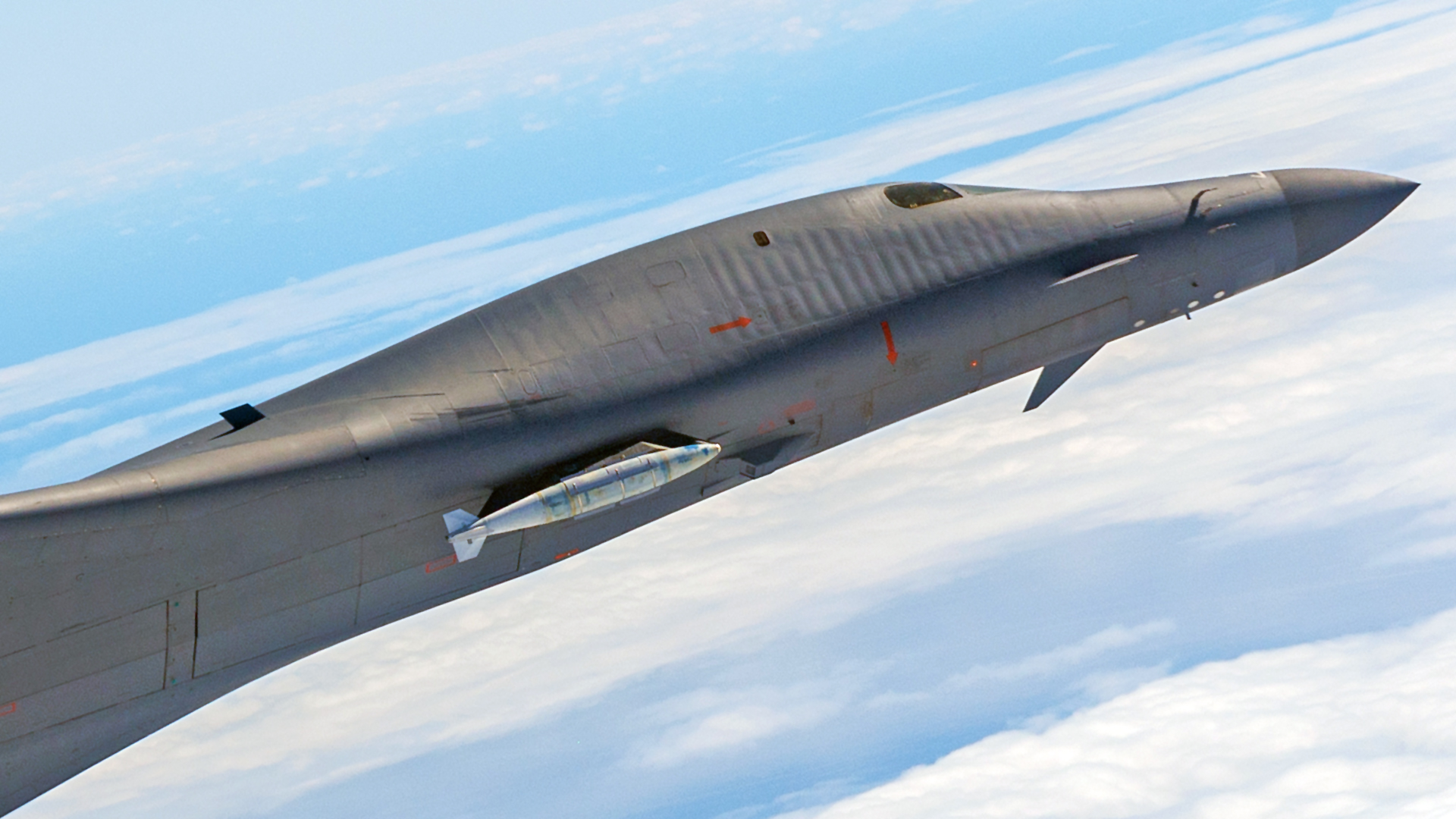One of the U.S. Air Force’s B-1B Lancer bombers has begun flying with a new type of external pylon that will be able to accommodate a wide range of munitions, including larger weapons and hypersonic cruise missiles. The testing of the Load Adaptable Modular pylon, or LAM reflects the continued importance of the B-1 to the Air Force. Although its retirement is now planned, the bomber remains valuable, especially for its ability to carry large and diverse payloads over long distances and it has been earmarked as a hypersonic weapons test platform, in particular.
The U.S. Air Force announced today that the 412th Test Wing, at Edwards Air Force Base, California, has tested the Boeing-designed LAM, which it says is planned to “remove traditional weapon constraints.” The new pylon was flown attached to a B-1B assigned to the wing’s 419th Flight Test Squadron.
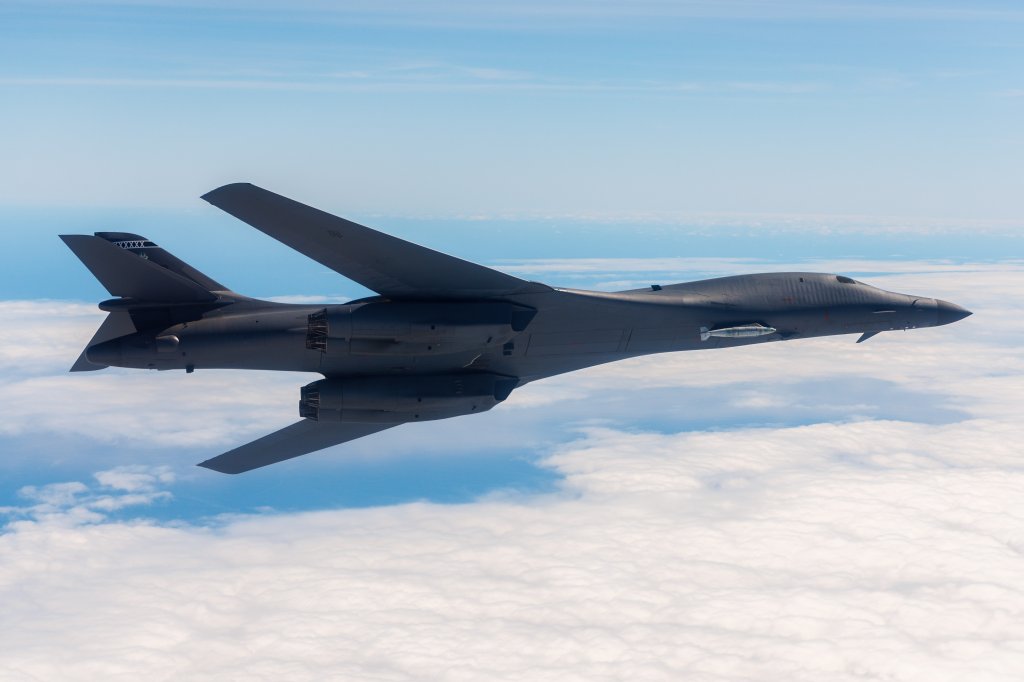
In photos dated February 7 and February 15, 2024, a B-1B test aircraft is seen with a single LAM pylon fitted under the port side of the forward fuselage, roughly adjacent to the start of the wing root. It appears to be loaded with an inert 2,000-pound class Joint Direct Attack Munition (JDAM). This seems to be in the exact same location the B-1 uses when carrying the AN/AAQ-33 Sniper Advanced Targeting Pod.
In a statement, the Air Force explained that “the unique pylon is designed to carry a variety of standard and emerging weapons with seamless transition, allowing for maximum agility while also strengthening weapon test infrastructure. While the B-1B was chosen due to aircraft availability at Edwards, the LAM can be modified for attachment to a variety of other aircraft if the need were to arise.”
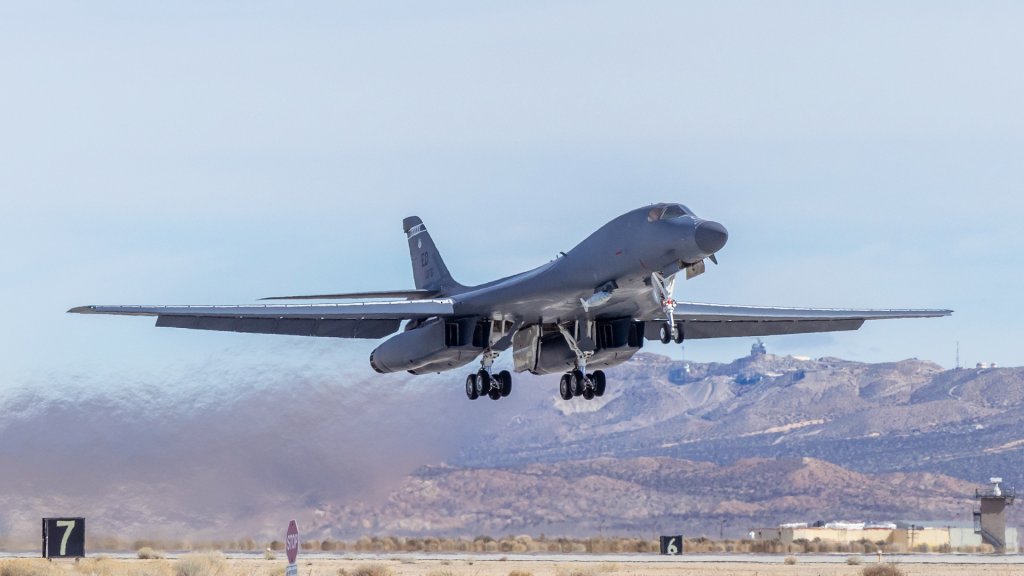
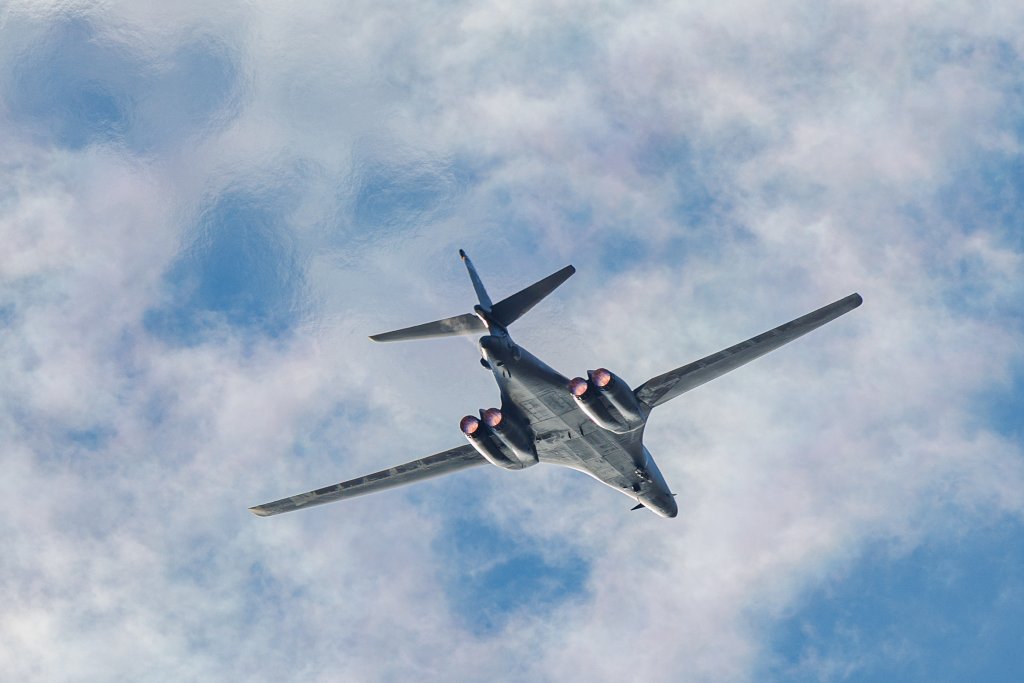
C.J. Raterman
While the possibility of the LAM to accommodate hypersonic weapons wasn’t mentioned by the Air Force in its release, this is something that Boeing officials have mentioned in the past in relation to the pylon.
The introduction of hypersonic missiles is increasingly seen as fundamental to ensuring the B-1 remains relevant until replaced by the B-21 Raider stealth bomber, which is now under test. At the same time, several experimental air-launched hypersonic missiles have been tested, albeit with mixed results so far.
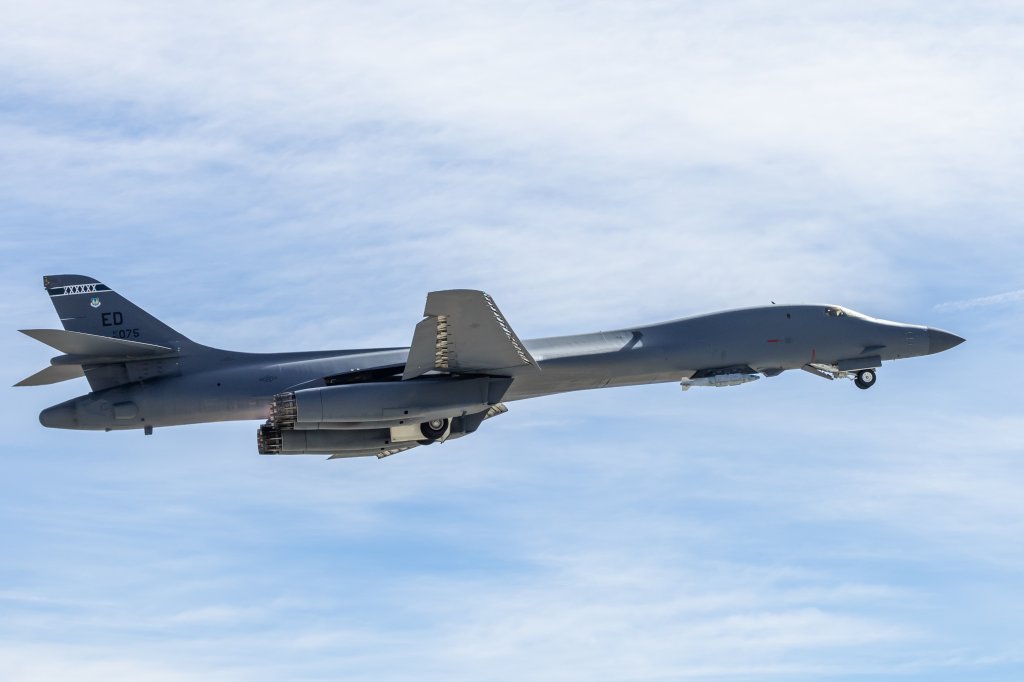
James West
While an external weapons carriage capability was a part of the plans for the B-1 in the Cold War, it subsequently fell out of favor, being removed to make the bombers compliant with New START (Strategic Arms Reduction Treaty) regulations.
More recently, the capability has been reactivated to accommodate additional weapons. Work to reactivate the B-1’s hardpoints initially focused on the carriage of up to a dozen more subsonic AGM-158 Joint Air-to-Surface Standoff Missile (JASSM) cruise missiles, or AGM-158C Long Range Anti-Ship Missile (LRASM) derivatives, in addition to 24 more of either of those weapons that fit in its internal bomb bays. The ability to carry such a large number of LRASMs would make the LAM-equipped B-1 a notably potent and unpredictable weapon in any future campaign waged against Chinese naval forces in the Asia-Pacific theater.
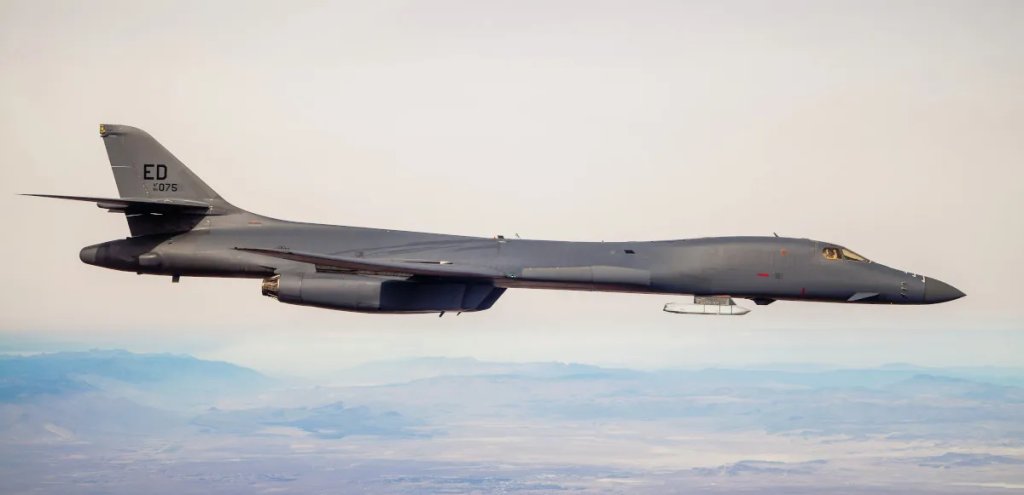
For hypersonic weapons, which are dimensionally large, external carriage also makes a lot of sense.
Boeing has said in the past that the B-1 will eventually be fitted with six LAMs, each of which can carry two missiles, and the company has said these will include two distinct types: boost-glide vehicles and air-breathing missiles.
The Cold War-era B-1B was designed with six external hardpoints, each of which could carry two examples of the nuclear-tipped AGM-86B Air-Launched Cruise Missile, or ALCM.
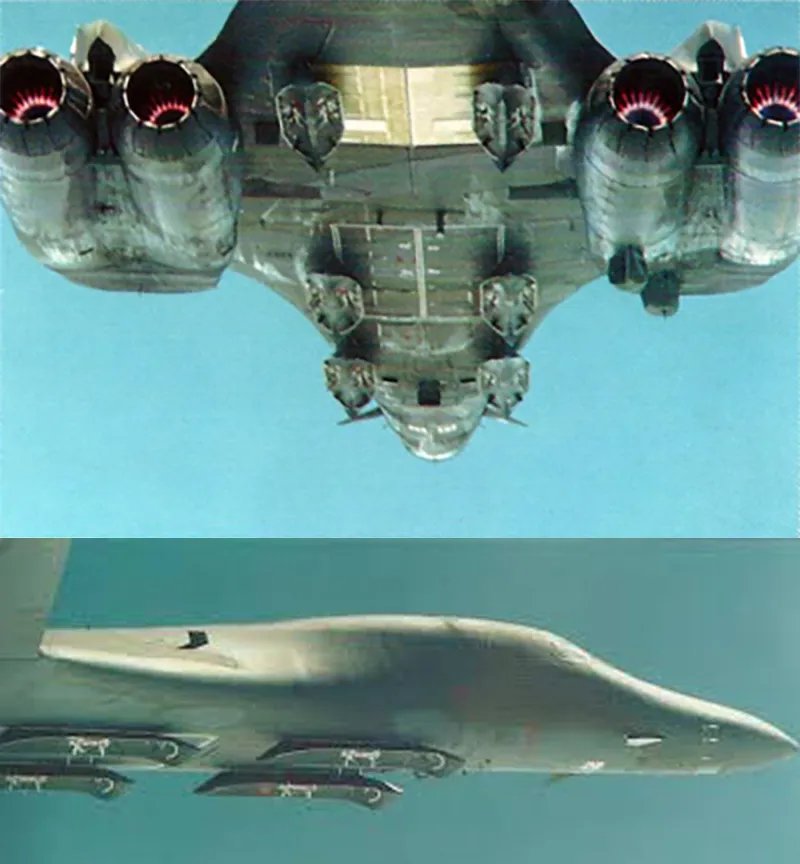
In relation to LAM, Boeing has previously talked about the largest hypersonic missiles envisaged for the B-1 weighing around 5,000 pounds and being more than 20 feet long. That could suggest the AGM-183A Air-launched Rapid-Response Weapon, or ARRW was the boost-glide vehicle in question.
However, in March this year, the Air Force announced that it was canceling further work on the AGM-183A, though it would still complete the rest of its already planned ARRW flight tests. ARRW’s test record is patchy, at best and the Air Force declined to say whether the most recent known test of that design, which occurred in August, was a success or failure. At one point, it was planned that ARRW would be the USAF’s first hypersonic weapon. Nevertheless, there could still be an ARRW follow-on of some kind in the works, in the classified realm, a possibility reinforced by the continued testing of the AGM-183 after its cancelation had been announced.
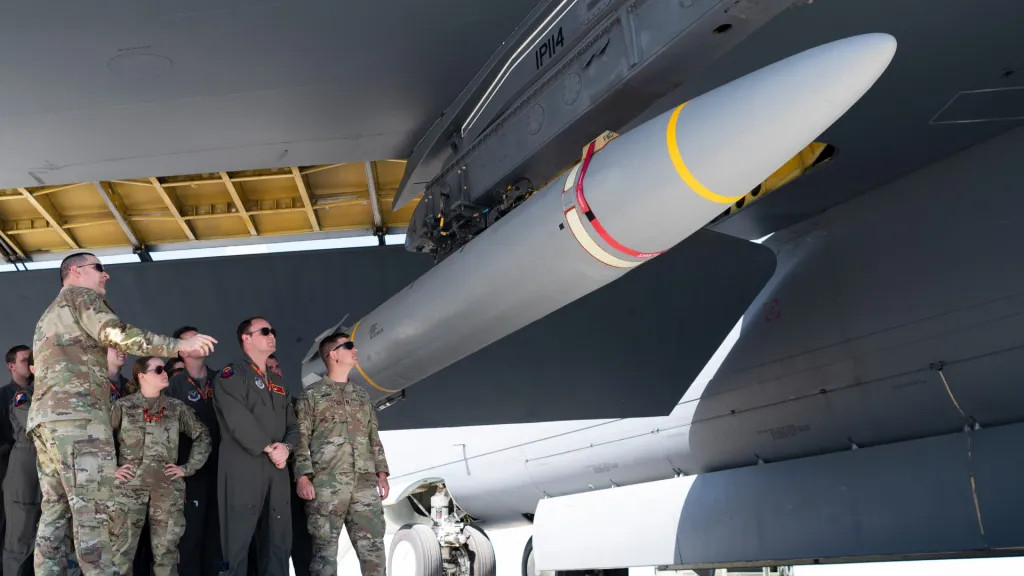
In the other category, air-breathing missiles, are such weapons as the Hypersonic Air-Breathing Weapon Concept, or HAWC, a scramjet vehicle, and the Hypersonic Attack Cruise Missile, or HACM, another program involving an air-breathing weapon that is intended to be suitable for carriage by fighter and bomber aircraft. Boeing has said that a LAM-modified B-1 would be able to carry 12 HACMs, in addition to 24 in the internal weapons bays.
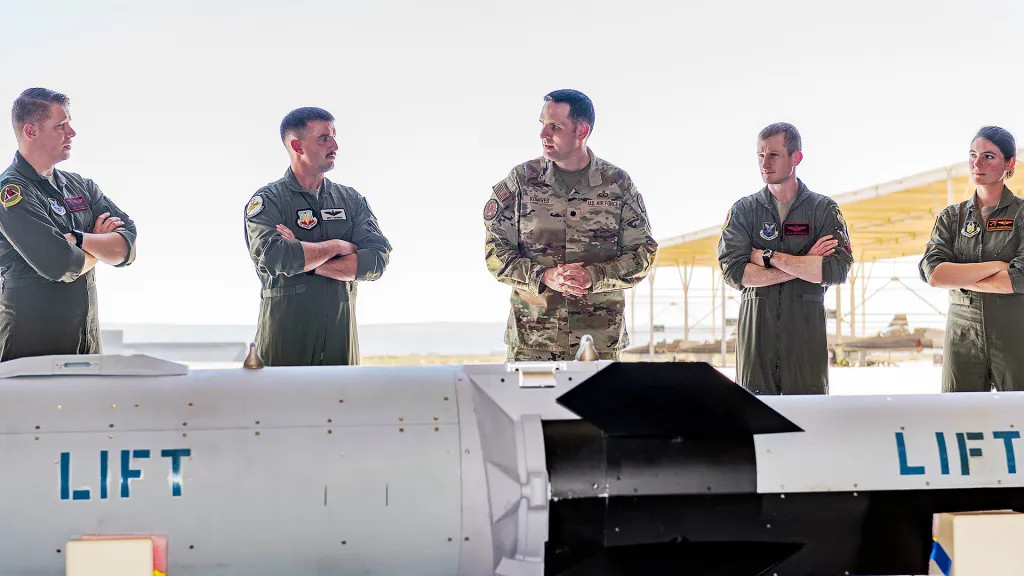
At the same time, the LAM pylons are also intended to boost the B-1’s ability to carry existing conventional weaponry, too, including 12 of the aforementioned JASSM cruise missiles and their derivatives. Taking the example of a smaller weapon, the LAM modification would potentially allow a single B-1 to carry no fewer than 144 Small Diameter Bombs (SDBs), 48 of them externally.
With the LAM now in testing, it will have to be fully integrated and proven. After that, captive-carry trials of representative payloads should begin, followed by the release of inert weapons, and finally end-to-end testing.
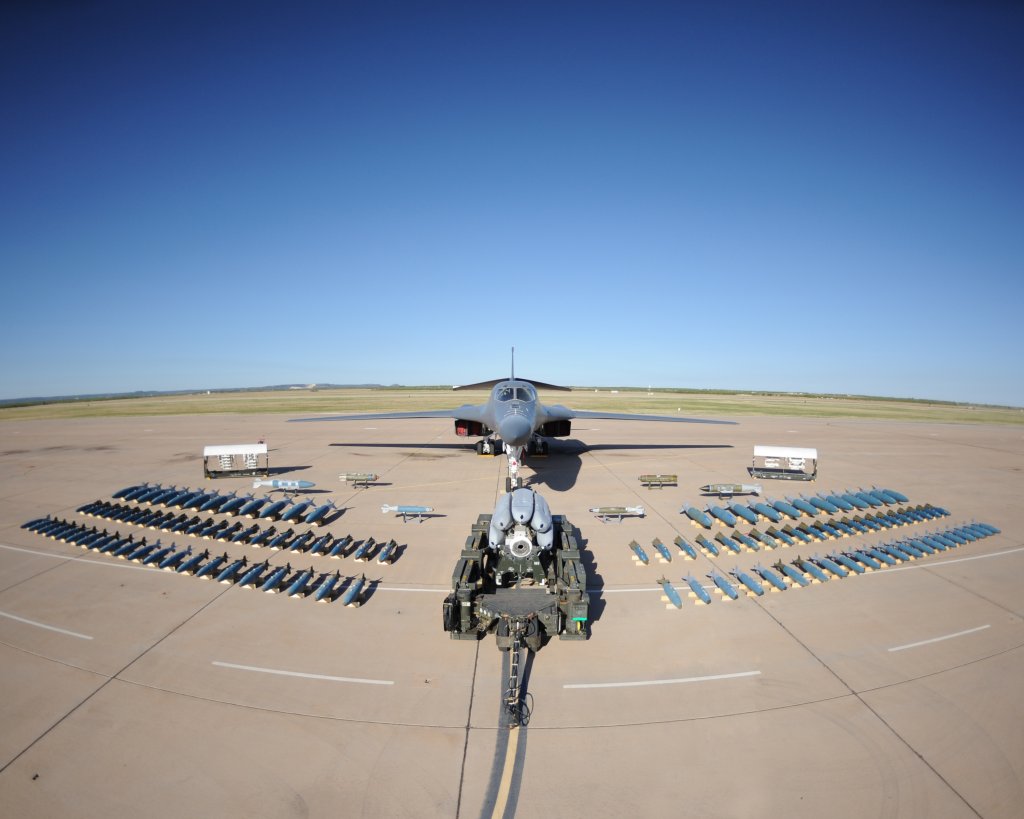
All this depends on budgets, however, which are currently notably stretched, something that is already having an effect on plans for major Air Force programs.
The LAM modification — especially as it relates to hypersonic missiles, but also subsonic standoff weapons like JASSM — also helps ensure the B-1 is still a valuable asset despite the imposition of limitations on its operating envelope. After many combat hours over Afghanistan and the Middle East, the fleet has accrued much wear and tear, leading to restrictions on flying at low altitudes.
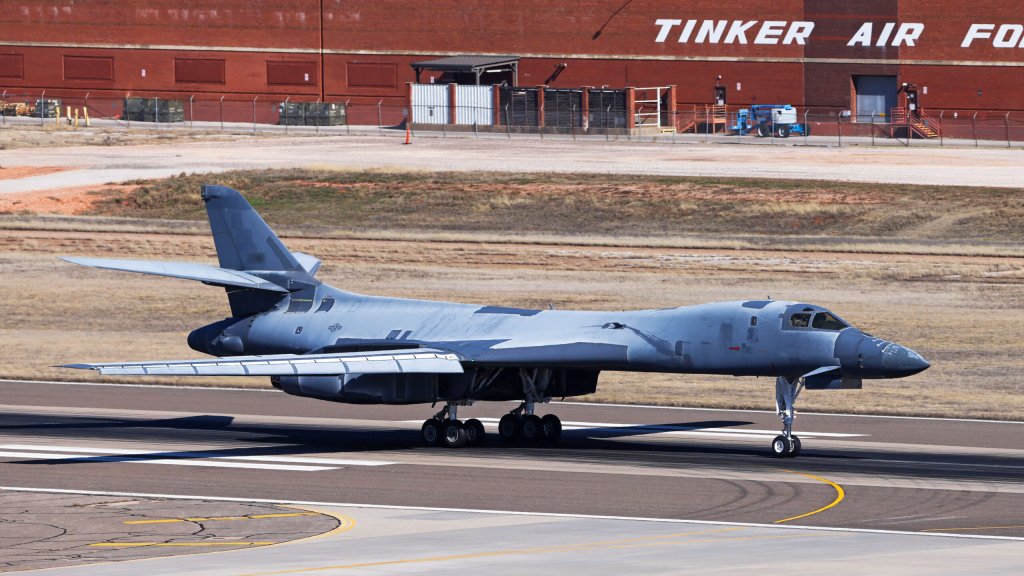
Although B-1 force has been downsized from 62 to 45 airframes in recent years, helping to distribute funds to other priorities and use retired B-1s to provide spare parts, the Air Force has also returned previously stored Lancers to operational readiness to replace others lost in accidents. This is part of meeting strict legal requirements set by Congress for the service to maintain a fleet of 45 B-1Bs.

Although the B-52H Stratofortress has so far been at the forefront of Air Force hypersonic missile tests, the signs are that the service increasingly wants to hand at least some of this over to the B-1, which will be especially important as the B-52 undergoes an ambitious re-engining program. With the Load Adaptable Modular Pylon now on the horizon, the B-1 should be able to emerge as the interim hypersonic weapons carrier that the Air Force has been campaigning for.
Contact the author: thomas@thewarzone.com
